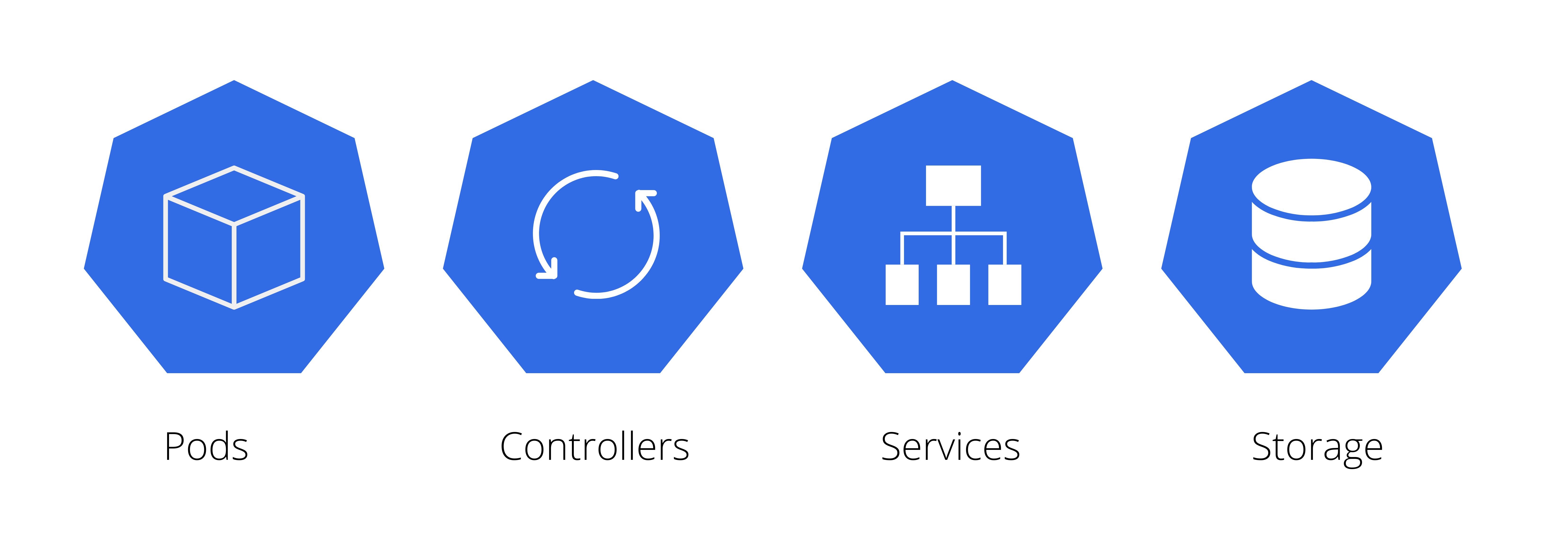Kubernetes API Objects
Updated Apr 07, 2022 ·

Pods
A Pod is the basic deployment unit in Kubernetes, representing one or multiple containers that run together.
- Atomic scheduling unit
- Represents container-based applications
- Defines required resources
Important concepts:
- Ephemeral: Pods are not reused; a new pod is created if needed
- Atomicity: If a container fails, the entire pod is terminated
Kubernetes manages the pod by monitoring:
- State – Is the pod running?
- Health – Is the app inside the pod active?
- Liveness probes – Are expected responses returned?
Each Pod has a single IP address:
- Containers in the same Pod share the IP
- Containers communicate via
localhost - Pods coordinate port assignments
Controllers
Controllers maintain the desired system state.
- Creates and manages Pods
- Ensures desired state is achieved
- Monitors and adjusts for pod health
Common Controllers:
- ReplicaSet – Keeps a specified number of pod replicas running
- Deployment – Manages changes between ReplicaSets
Services
Services offer stable access points for applications provided by Pods, adding persistence to the system.
- Networking layer for Pod access
- Allocates an IP and DNS for the service
- Automatically updates routing for redeployed Pods
- Scales apps by adjusting Pods
- Enables load balancing across Pods
A Service uses a virtual IP address:
- Maps to multiple Pods
- Allows external services to use a single IP
Storage
Storage objects provide persistent storage for data.
- Volumes – Tightly coupled storage with physical media for Pods
- Persistent Volumes – Cluster-level storage, independent of Pods, using a Persistent Volume Claim